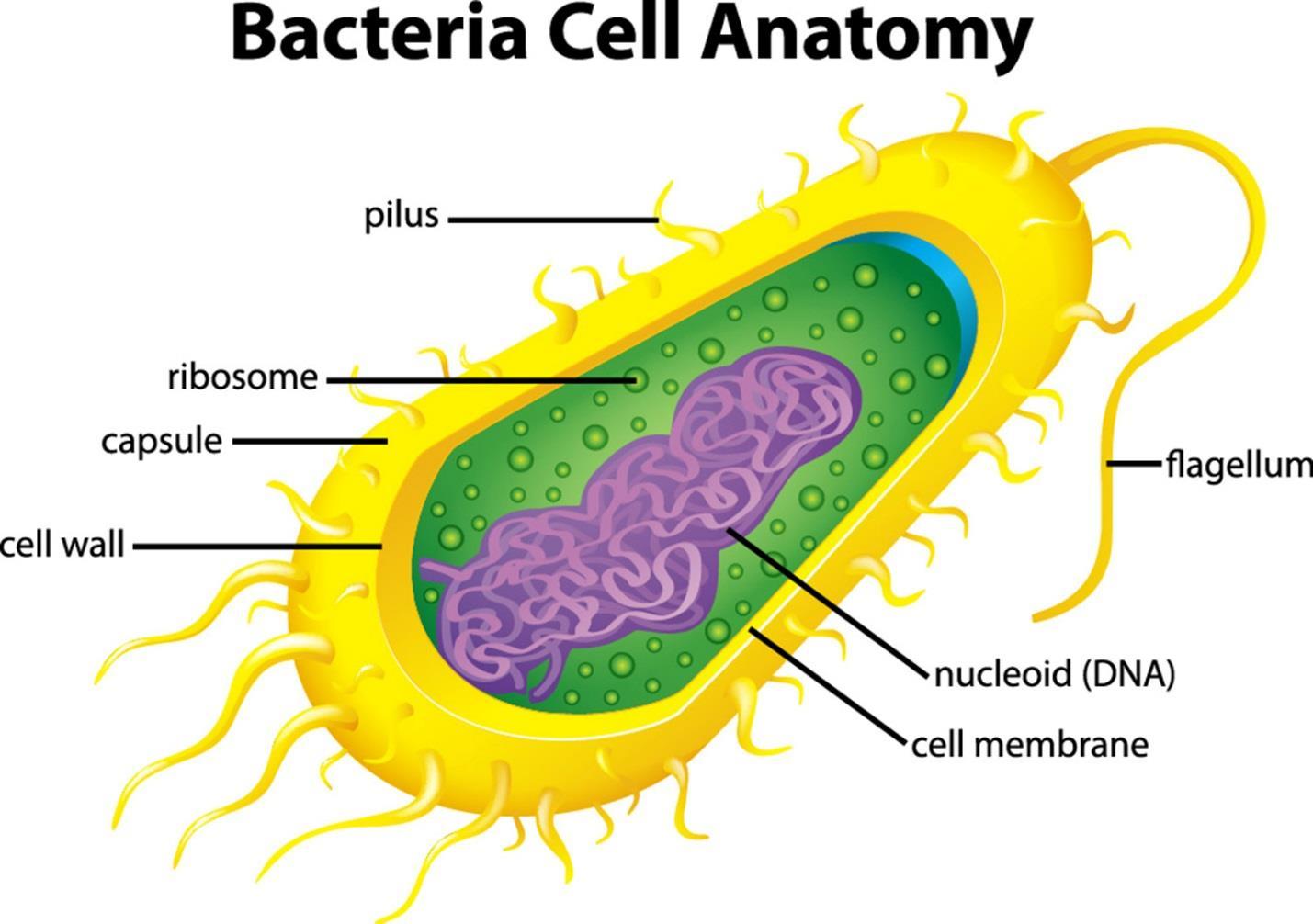
4 minute read
Molecular Expression of Genes
MOLECULAR EXPRESSION OF GENES
There is a great deal about DNA, genes, and gene products you will learn about in this audio-course. In this section, however, we will provide a brief overview of genes and their expression. DNA and, in particular, the genes in our DNA determine the traits each person has. How this happens used to be a mystery but now, scientists know much more about how a particular piece of DNA becomes a specific trait.
Advertisement
Each string of DNA in the cell has a number of genes on it along with varying lengths or stretches of DNA that do not code for anything. Almost all genes code for proteins rather than for fat or carbohydrates. It is through structural proteins that some of the cell is made and through a vast array of functional or “working” proteins called enzymes that other aspects of the cell are made and organized.
DNA, as you will find out later in this course, is made from four different types of nucleotides, which are unique molecules that stretch out in different order along the chromosome. The nucleotides can be read by molecules called RNA or ribonucleic acid. These RNA molecules exit the nucleus in eukaryotic cells and go to another part of the cell nearby called a ribosome. In the ribosome, proteins are made according to the message delivered to the ribosome by the RNA molecule. These proteins are processed further to make final protein structures. Some of these make enzyme proteins that help run every aspect of cell machinery.
In any organism that is multicellular, such as is the case in humans, each cell does not have a different set of chromosomes or different DNA inside them. All of the genetic material available to the whole organism is available in each cell but, of course, as each cell is unique and does different things in the body, mechanisms must be in place to make sure that the cells are unique. How organisms do this is that, depending on the cell type, some genes get turned on to make proteins, while others are turned off. This is how every cell is able to be unique in the proteins made by the cell.
There are a few products of genes or DNA that do not make for proteins. These will make one of two types of RNA molecules, transfer RNA and ribosomal RNA. These are type of RNA that play a major role in the process of making proteins in the ribosomes.
Genes basically provide instructions, usually for polypeptides, which are stretches of protein molecules. There are several processes that go into this, which will be further discussed later in this course. First a gene must be exposed and so it is available to be read. As you have learned, not all genes get turned on in every cell.
When a gene is exposed to be read, it is read through the process of transcription that happens inside the nucleus of a eukaryotic cell. When transcription happens, the double helical shape, which means that the DNA molecule has two strands, separates and a messenger RNA molecule is made that is an opposite match to the DNA strand. As each strand of DNA is different, so is the messenger RNA or mRNA molecule made from it. In eukaryotes, the mRNA made is not complete as soon as it is made but must be further processed before it can leave the nucleus.
One the mRNA is processed, it leaves the nucleus to where there are nearby ribosomes. These ribosomes are the site for translation. Translation us the process that takes the mRNA message and turns it into a polypeptide or protein chain. It makes use of a language the translates the nucleotide message within the RNA molecule to a chain of amino acids in a polypeptide chain.
The polypeptide is not usually complete once it is translated. It often undergoes posttranscriptional modification, which adds or subtracts different molecules to the polypeptide chain in order to allow the polypeptide to make its final shape. When it does this, the final product is often referred to as a protein.
This process is called the central dogma in the study of molecular biology. We now know that, during this process, the genetic material in the nucleus of the cell found in DNA becomes the final protein message. This process starts with what is known as gene expression.
In prokaryotes, the process is similar but is unique to these types of organisms. The DNA is essentially the same but the methods that exist to express each gene are different than is the case with eukaryotes. Messenger RNA is also essentially the same but gets processed differently. They do not need to be processed in order to leave the nucleus because these organisms do not have them. The ribosomes are also located in the main cytoplasm component of the cell, where the mRNA is already there to be translated.



